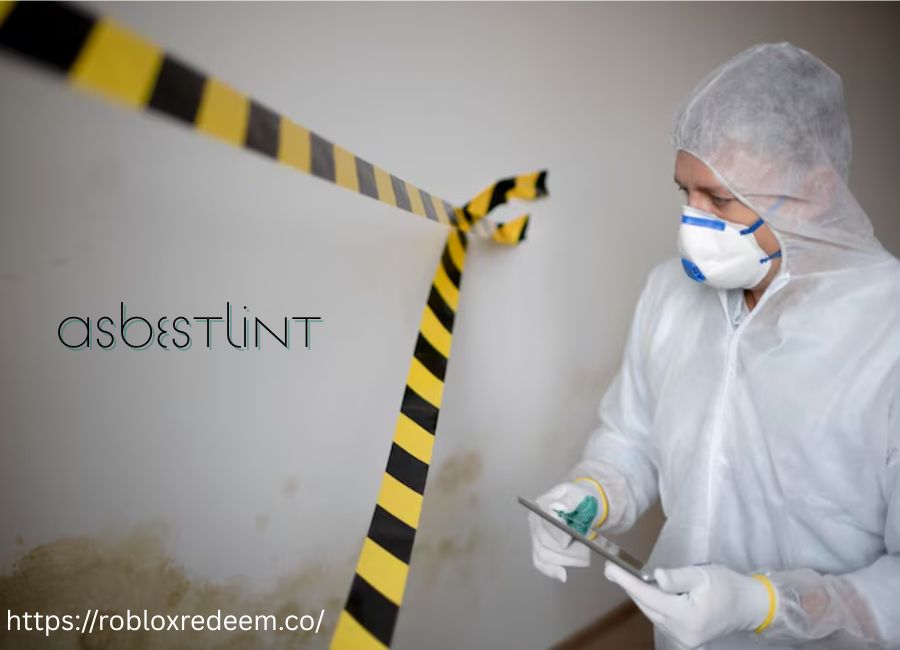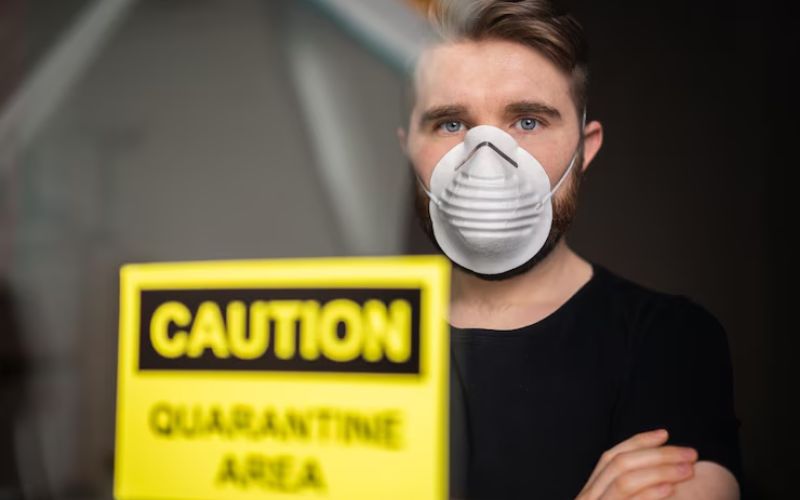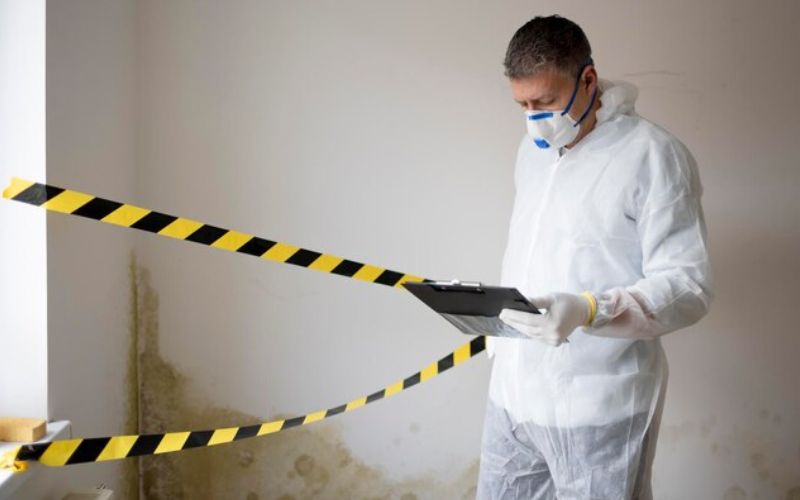Asbestlint Guide 2025: Marking Asbestos Zones Safely

Introduction
Asbestos is a silent killer. Create in voluminous old buildings, it develops terminal when its fibers are disturbed. These fibers can cause thoughtful illnesses like lung cancer and mesothelioma. That’s why asbestos care is so important.
This is where asbestlint originates in. It’s not just warning tape—it’s a safety fence. Asbestlint clearly marks dangerous zones, stopping inexpert people from incoming.
Proper sector pattern saves lives. It also helps businesses follow the law and avoid massive fines. Whether at a school, factory, or destruction site, asbestlint is vital.
What Is Asbestlint?
Asbestlint is a special type of tape used to mark asbestos danger zones. It’s usually yellow with black text. Bold messages like “DANGER: ASBESTOS” or hazard icons are printed on it.
Made from durable materials, it withstands tough site conditions. Unlike regular caution tape, asbestlint is designed to send a clear warning about deadly asbestos.
The tape must be readable, bright, and hard to miss. It signals a real hazard. Using anything else can cause confusion or non-compliance. That’s why asbestlint is preferred for professional use.
Why Asbestlint Is Necessary

Airborne asbestos fibers are invisible and dangerous. Just walking into a contaminated area without knowing can cause serious exposure.
Asbestlint creates a clear visual barrier. It helps stop accidental entry and keeps the public safe. Workers know where danger begins and only trained personnel should cross the tape.
Without asbestlint, there’s a higher risk of exposure, confusion, and liability. It is a simple but powerful safety solution.
Where Asbestlint Is Used
Asbestlint is used in many high-risk places:
- Construction sites, especially with buildings built before 1990
- Demolition and renovation projects
- Public places like schools and hospitals
- Industrial areas, including mechanical rooms and factories
In these areas, asbestos might be hiding in floors, ceilings, or pipes. Asbestlint helps mark these zones before work begins. This protects workers, visitors, and inspectors.
Comparison Table: Types of Asbestlint and Their Uses
| Type of Asbestlint | Best For | Key Features |
| Standard Asbestlint | Indoor asbestos zones | Durable, high-contrast warning text |
| Reinforced Asbestlint | Outdoor or high-wind environments | Tear-resistant, stronger adhesive |
| Reflective Asbestlint | Low-light or night-time operations | Reflective surface for visibility |
| Custom-Printed Asbestlint | Multilingual sites or branding needs | Custom text, logos, or multiple languages |
| QR-Coded Smart Asbestlint | Digital site integration | Links to safety documents or site maps |
Legal and Regulatory Framework
Using asbestlint is often required by law. In the U.S., OSHA mandates proper asbestos hazard markings. In the U.K., the HSE has similar rules. The EU also enforces asbestos safety laws.
Failing to mark asbestos zones can lead to serious fines. One Dutch company paid over €50,000 for not using proper signage. Asbestlint helps avoid these penalties.
Following regulations also shows responsibility and care. Companies that use asbestlint are protecting lives and their reputation.
Types of Asbestlint Available
Several kinds of asbestlint exist:
- Standard tape for indoor zones
- Reinforced tape for outdoor or windy conditions
- Reflective tape for dimly lit areas
- Custom tape with branding or multiple languages
Choose the type based on your environment. The goal is visibility, strength, and clarity.
How to Use Asbestlint on Site

To use asbestlint correctly:
- Place it at all access points: doors, windows, vents
- Keep it at eye level for visibility
- Pair it with solid barriers like wood or fencing
- Inspect regularly for rips or wear
Avoid common mistakes like using it too low or in hidden corners. Damaged or missing tape can lead to violations or accidents.
Proper use shows commitment to site safety and legal standards.
The Role of Asbestlint in Emergency Response
During emergencies like fires or building collapse, responders need to know where hazards are.
Asbestlint helps firefighters and HAZMAT teams avoid contaminated zones. It can guide their path and reduce health risks.
Many regions now require marked asbestos zones for emergency planning. Asbestlint supports faster, safer responses.
Asbestlint in Site Documentation and Safety Audits
Photos of asbestlint in place are proof of compliance. Include these in inspection reports, safety logs, and contractor files.
They help during audits and reviews. Having clear records can reduce liability and increase trust during third-party checks.
Using asbestlint also shows you’re serious about health and safety.
Disposal of Used Asbestlint
After use, asbestlint may contain asbestos dust. Treat it as hazardous waste.
Wrap and seal it before disposal. Follow local rules for asbestos-containing materials (ACM). Some eco-friendly versions of asbestlint are now available too.
Never reuse contaminated tape. Always handle it with care.
Future Innovations in Asbestlint and Zone Marking
New tech is coming to improve asbestlint. Some tapes now include QR codes. Scanning them links to site data and safety rules.
Biodegradable tapes are growing in use. They reduce environmental harm. Others feature tamper alerts or smart sensors.
AI tools may also work with digital maps and zone data, improving jobsite safety.
FAQs
Q: Is asbestlint reusable?
No. It’s for single use due to contamination risks.
Q: Can I use caution tape instead?
No. Only asbestlint meets legal and safety requirements for asbestos zones.
Q: Is asbestlint required by law?
Yes, in many countries and situations.
Q: What does the tape need to show?
It must have the word “Asbestos” and clear danger signs, usually in yellow and black.
Conclusion
Asbestlint saves lives. It marks danger zones and prevents exposure. It helps meet legal rules and keeps work zones organized. It’s a must for anyone dealing with asbestos. Using asbestlint isn’t just smart—it’s the law. It shows care for workers, the public, and the future.
Stay safe. Mark clearly. Use asbestlint the right way.






